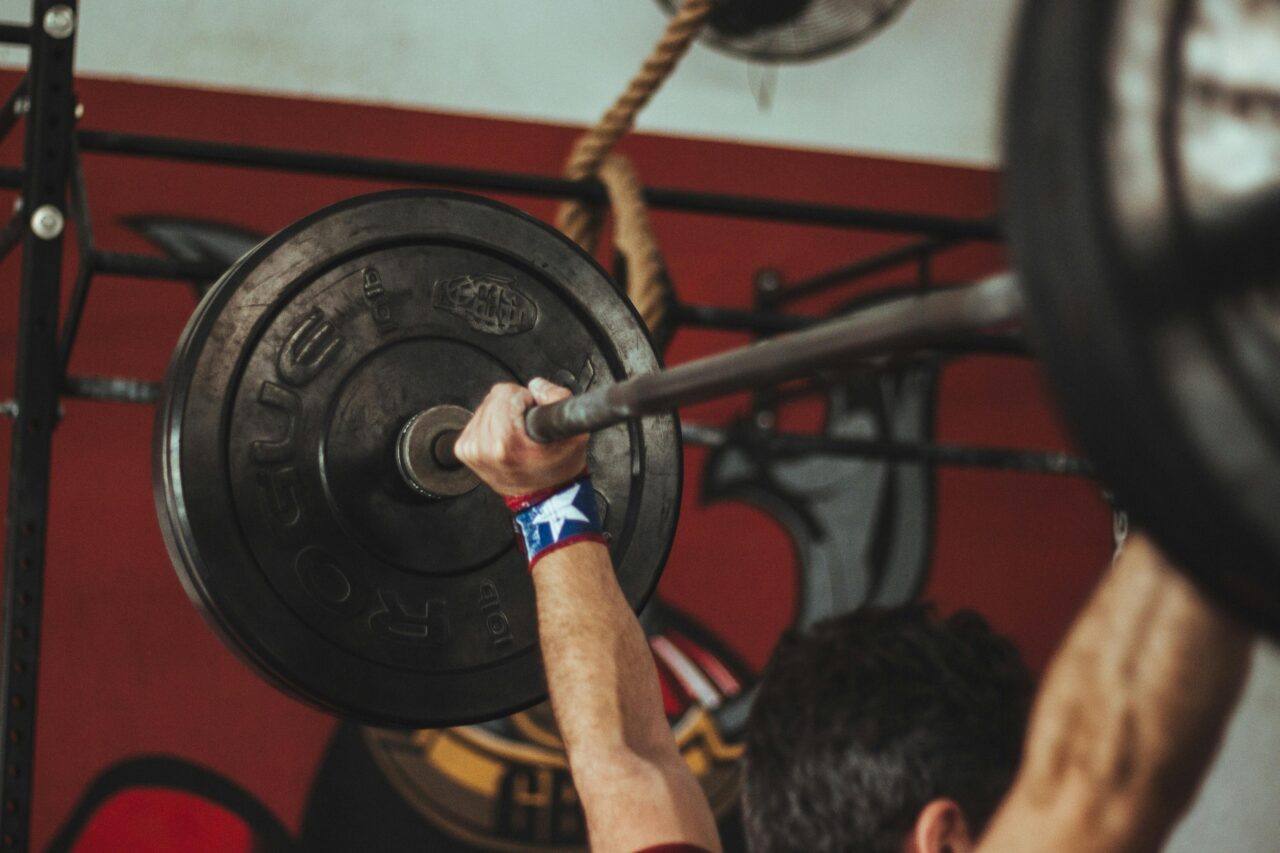Patellofemoral Pain Syndrome (PFPS), often referred to as “runner’s knee,” can be a frustrating and limiting condition for CrossFit enthusiasts. This common knee pain, caused by issues with the alignment or function of the kneecap, can flare up during squats, box jumps, running or even step ups. But the good news? With targeted treatment, you don’t have to let PFPS hold you back from crushing your WODs (Workout of the Day).
Recent research published in the Journal of Orthopaedic & Sports Physical Therapy highlights the effectiveness of tailored exercise programs for treating Patellofemoral Pain Syndrome (PFPS). The study found that hip-focused strengthening exercises were particularly beneficial for individuals with a BMI over 25 or those experiencing pain catastrophizing, resulting in significant improvements in knee function by 26 weeks (+11.1 points). In contrast, quadriceps-focused exercises were more effective for individuals with severe knee pain, showing a pain reduction of 9.1 points by 26 weeks. The findings emphasize the importance of personalized rehabilitation, recommending that exercise focus be tailored to individual characteristics such as pain severity and BMI for optimal outcomes.
How Physical Therapy Can Help
The findings from this research on Patellofemoral Pain Syndrome (PFPS) can be directly applied to CrossFit movements that commonly stress the knee joint, such as squats, lunges, olympic lifts and box jumps. For athletes with PFPS, focusing on quadriceps strengthening can improve knee stability and alleviate pain during exercises that involve deep knee flexion, like front squats, cleans and overhead squats. Those with severe knee pain may find that quadriceps- focused exercises help reduce discomfort and improve their form during these lifts.
For athletes dealing with pain catastrophizing or a higher BMI, hip-strengthening exercises such as clam shells, hip thrusts, and lateral band walks can provide significant relief. These exercises help address weaknesses in the hip abductors and extensors, which are crucial for maintaining proper knee alignment during movements like box jumps, burpees, and deadlifts. Strengthening the hips can reduce knee valgus (inward knee collapse), a common issue in many CrossFit movements.
By tailoring exercise programs to individual characteristics such as pain severity and body composition, CrossFitters can reduce their PFPS symptoms, improve their mobility, and perform at a higher level with less pain.
Why CrossFitters Should Prioritize Physical Therapy
Ignoring PFPS or pushing through the pain can lead to chronic knee issues and longer recovery times. By addressing the problem now, you’ll:
- Prevent further injury.
- Enhance your movement efficiency.
- Build strength to crush PRs (personal records).Remember, CrossFit is all about pushing boundaries, but smart training and recovery are just as critical as the grind itself.
Ready to Get Back in the Box?
At Mend, we specialize in helping CrossFit athletes overcome injuries and pain, including PFPS. Our holistic approach focuses on strengthening, mobility, and education to get you back to your peak performance. Whether you’re struggling with knee pain during squats or discomfort after workouts, we’re here to help.
Click here to schedule your next appointment with the experts at MEND
Reference
Hansen R, Rathleff MS, Brushøj C, Magnusson SP, Henriksen M. Differential effects of quadriceps and hip muscle exercises for patellofemoral pain: a secondary effect modifier analysis of a randomized trial. J Orthop Sports Phys Ther. 2024;54(11):732-742. doi:10.2519/ jospt.2024.12503

